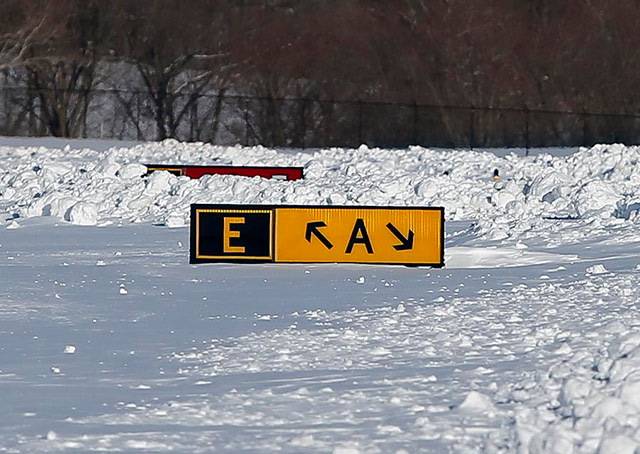
Tomorrow is a go, and you can’t wait. After a winter of on-and-off flyable weather—rarely tailored to your personal schedule—things seem to be coming together for you to make that long-delayed cross-country.
With tranquil weather forecast all day, the trainer available, and the route to the destination already mapped out, give the trip's details a final going-over. Then get an outlook briefing, and set the alarm clock. In the morning you will get your final preflight weather briefing, select a cruise altitude based on winds and cloud coverage, and figure estimated time en route and fuel consumption.
It’s always a good idea to give an unfamiliar airport’s diagram careful study, but after a seriously snow-laden season, extra review is a good hedge, especially if you are headed for a multiple-runway airport with a network (or a maze) of taxiways. Combine that drill with a careful search for notams; they are how you would find out if any runways or taxiways are closed, or if airport signs are hidden by accumulated snow. (This notam was recently in effective at Connecticut’s Danbury Municipal Airport: "AD AIRPORT SIGNS ALL OBSC. 02 MAR 17:20 2015 UNTIL 23 MAR 17:06 2015 ESTIMATED.")
Speaking of airport signs, your instructor quizzes you after looking over your cross-country planning, what kind has black inscription on a yellow background, and arrows? What type of sign is black with yellow inscription and a yellow border, but no arrows? If you are taking off from a runway that has a sign alongside with a large, white 4 on a black background, what is its significance? How many types of airport signs are there?
Chapter 13 of the Pilot’s Handbook of Aeronautical Knowledge provides the answers. There are six types of airport signs. A sign with black inscription on a yellow background, and arrows, is a destination sign; one with yellow inscription on black, and a yellow border, but no arrows, is a location sign, "used to identify a taxiway or runway location, to identify the boundary of the runway, or identify an instrument landing system (ILS) critical area." A large, white 4 on a black-backed sign is a runway distance remaining sign. It tells you that the runway has 4,000 feet remaining.
Check page 13-6 for descriptions and examples of the six types of signs before your flight.



